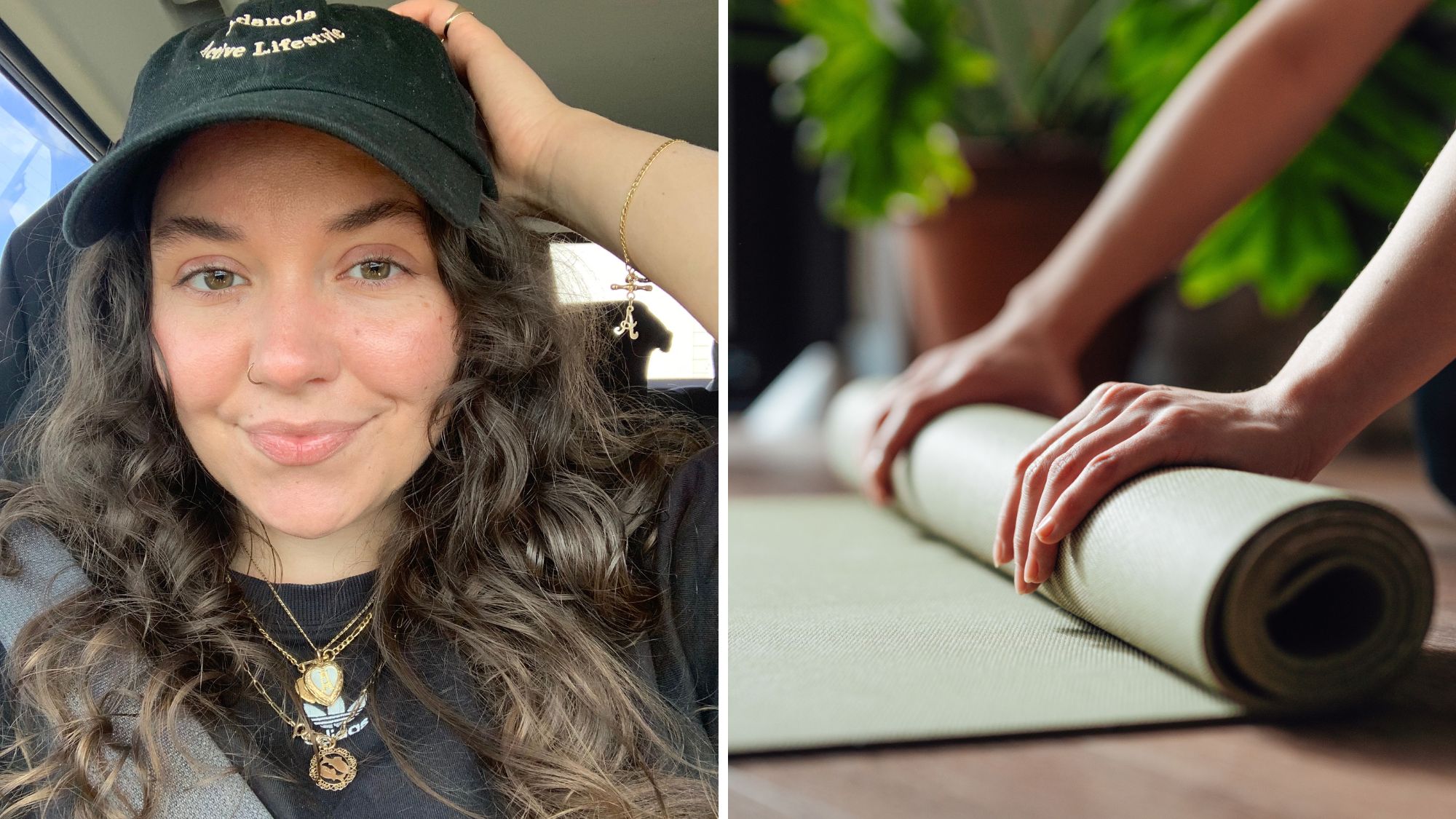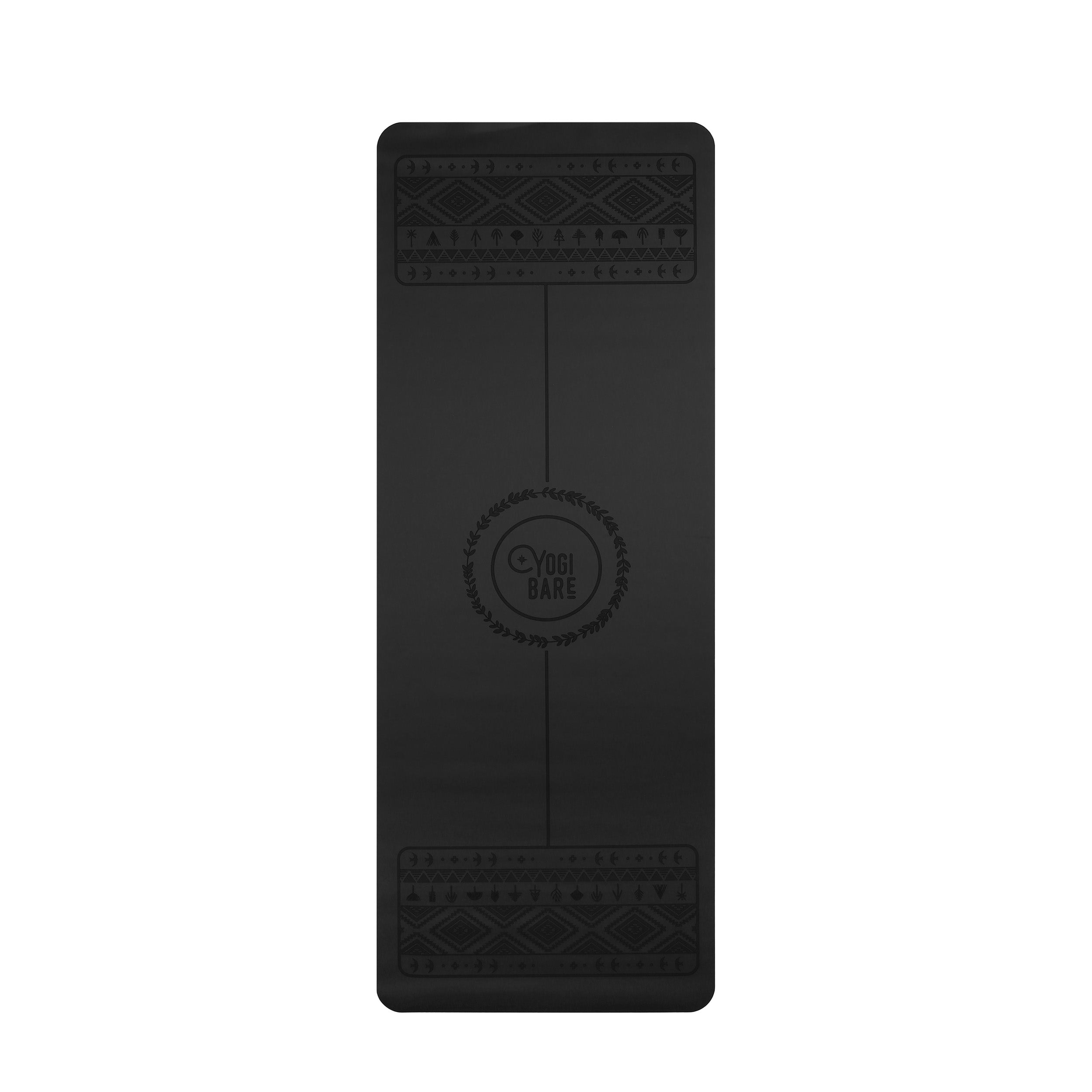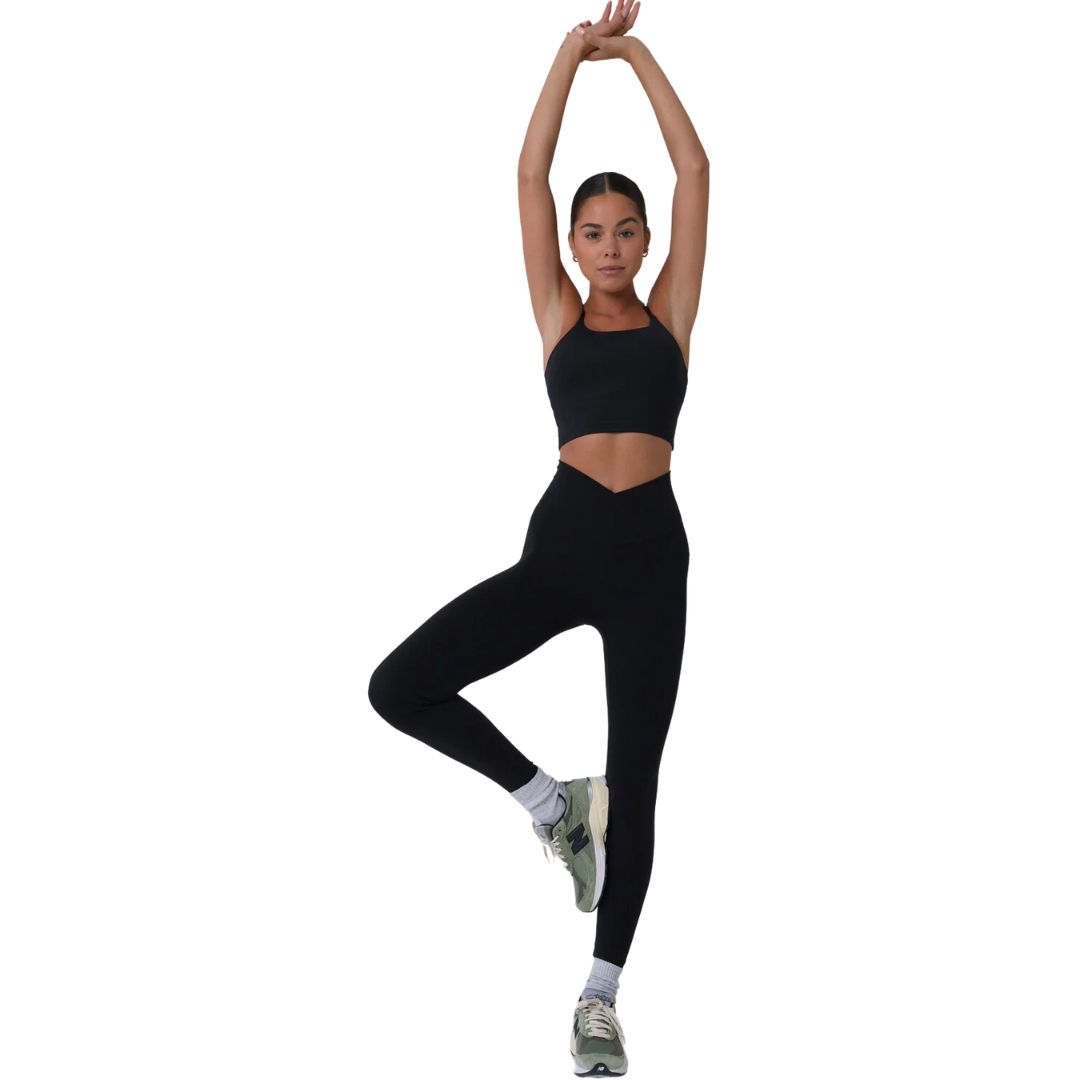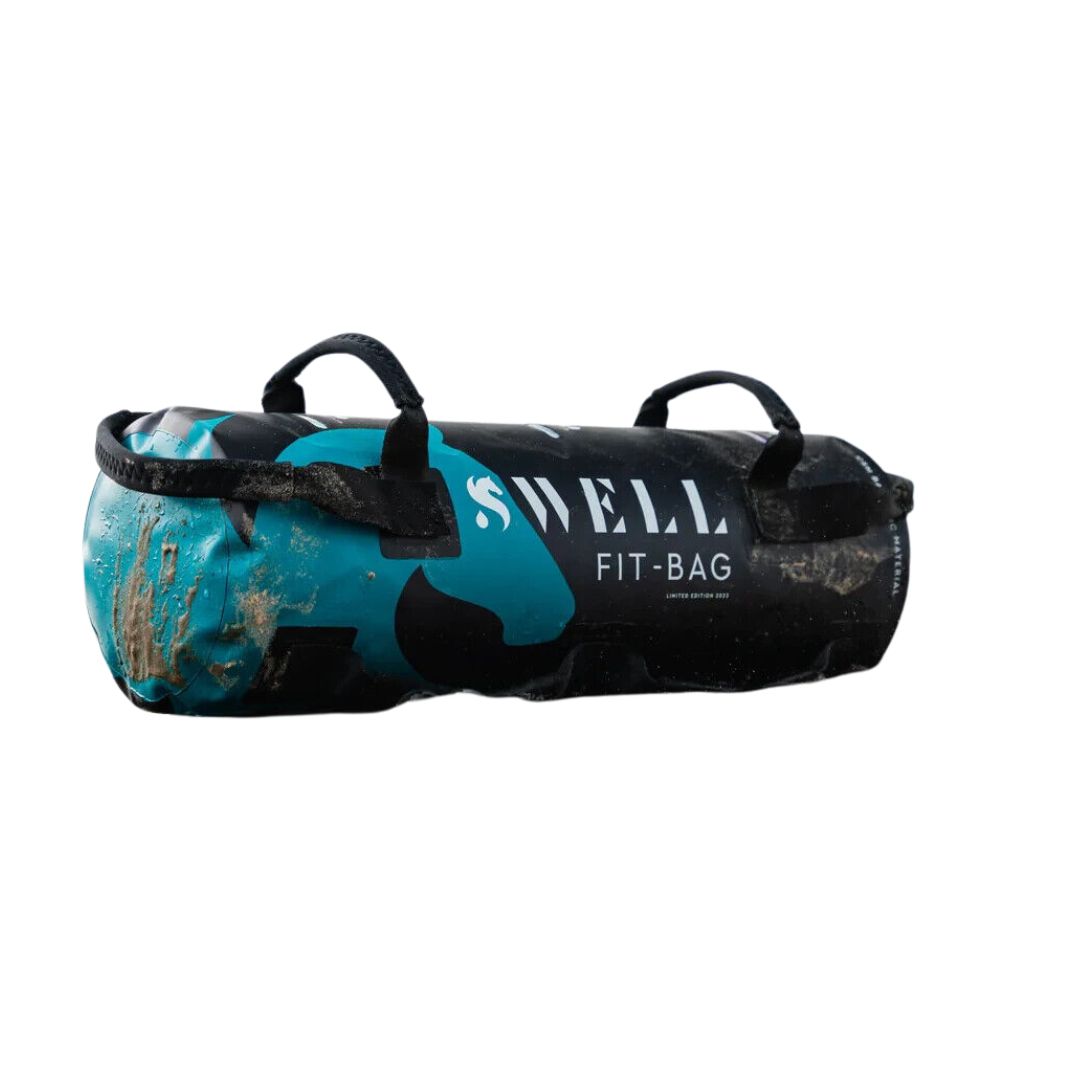I tried good morning exercises every day for a week - here’s why they should be part of your routine
Ever heard of them?


“Is it a good morning, really?” I think to myself, with heavy irony, as I do a mental check of my to-do list while thick grey clouds loom outside the window. I’m doing reps of good morning exercises in my bathroom (this will make more sense later), feeling a bit overwhelmed by my schedule but grateful for the respite of this random exercise break. The reason I’m wracking up good morning reps? I accepted a challenge to perform the exercise every day for a week.
I’m not new to good mornings - they were a staple of my training routine a few years ago, but it’s been some time since I wrote them into a workout. A challenge felt like a good opportunity to reacquaint my body with the movement pattern and, in doing so, get a little more variety into my strength training sessions.
For the unfamiliar, a good morning is a compound exercise that recruits muscles from the posterior chain (in other words: the back side of your body), as well as your core. It’s a hinge movement, similar to a deadlift or hip thrust, which involves hip flexion and extension. A bit like bodyweight lunges and bodyweight squats, they're a form of weight training that promises to build muscle and strength, and they're easily modifiable for anyone wanting to make it more or less challenging. Not to mention, they count as low-impact strength training so are easier on your joints, too.
Intrigued? Keep reading to learn all about the good morning exercises from a PT, plus how I fared after a week of doing reps. Do scroll how Marie Claire UK's Senior Health Editor Ally Head got on with strength training every other day, plus our guides to strength training for beginners and strength training at home, while you're here.
Good morning exercises: your guide
What is a good morning exercise?
As above, a good morning is a strength training move and compound exercise that works your glute, hamstring, and core muscles. A hinge movement, it's most similar to a deadlift or a hip thrust, as it incorporates a hinge from your hips when done with correct form.
What are the benefits of doing good morning exercises?
1. They increase your strength and muscle
Strength training, in general, enhances your ability to do everyday tasks (such as lifting and carrying), and, as per the NHS website, helps to slow down the rate of muscle and bone loss associated with ageing.
Good mornings can help to build strength in the posterior chain, which is important for maintaining healthy posture and therefore reducing the risk of upper back and shoulder pain, and allowing you to navigate daily life.
Celebrity news, beauty, fashion advice, and fascinating features, delivered straight to your inbox!
2. They prevent injury
“Loading and lengthening your hamstrings by doing good mornings can reduce your chances of injury, particularly if you’re often doing lots of high intensity training like running,” says PT and founder or Ladies Who Crunch, Nancy Best.
The science supports her claim, too. A study, published in The Open Access journal for Life & Environment concluded that, due to the eccentric and stretching nature of the good morning exercises, it may be an effective movement for the prevention of hamstring injuries.
3. They boost your functional fitness
Functional fitness is the name given to exercise that works to improve our ability to complete everyday tasks, such as climbing stairs, picking things up off the floor, carrying heavy bags, getting up off the sofa, and so on. Good mornings mimic some of the movement patterns we do – without thinking – every day, helping to build strength and stability within those movements, so there’s less of an injury risk when we hinge forward to clean the bath, say, in real life.
How to do a proper good morning?
Follow the below steps:
- Start by standing with your feet about hip distance apart, with your knees slightly bent.
- Then, bracing your core, bend forward at the hips, engaging your glute muscles as you push them backwards and your chest towards the floor. You should be able to feel this movement most in your hamstrings.
- Pause at the bottom for a few seconds before powering yourself back up again using your glute and hamstring muscles.
Best reassures that if you can’t get the hang of good mornings right away, then not to worry. "It can feel really awkward performing a good morning if you’re unfamiliar with the movement," she shares.
Something to watch out for, though: “the biggest mistake I see when coaching this movement is people confusing it with a squat movement,” says Best. “In order to feel your hamstrings engage, it’s really important not to overly bend the knees and drop the hips. Your hips move backwards, not downwards.”
How to make good mornings a part of your routine
As good mornings are a compound exercise, Best recommends either including them in a full body workout or as part of a lower body session, if you’re splitting up your programme.
If you’re new to weight training and, specifically, to good mornings, it’s best to start bodyweight only while you learn the ideal form before adding any load.
“Once you’ve mastered the bodyweight version, you can progress to a resistance band, or using light dumbbells on your shoulders,” says Best. “As with any form of resistance training, you can increase the resistance for extra challenge. For more advanced variations, you can use a barbell on your upper back, or heavy dumbbells or kettlebells on your shoulders.”
That said, if you suffer from back pain or are recovering from a lower back injury, Best advises going back to basics and avoiding excessive load. Good mornings may not be suitable in this instance, so it’s worth discussing your circumstances with a personal trainer or physio before giving them a go yourself.
I tried good mornings every day for a week – here’s how I got on
Days one to three
My start to the challenge is all a little bit chaotic (very on-brand for me) when I realise that the equipment I have at home – a few kettlebells and dumbbells in varying weights – isn’t quite right for me at this stage. I rummage around for a resistance band, to no avail, before remember I have a Swell bag stashed in my wardrobe. It’s like a weighted sandbag that you can use to add load to squats, deadlifts, rows and such, only you fill it with water.
Perhaps now my bathroom sets don’t sound quite so weird. Having never used the bag before, I erred on the side of caution, favouring a flood in the loo as opposed to the kitchen or living room, were anything to go catastrophically wrong.
Fortunately for me, it didn’t. I filled the bag to just below its maximum capacity of 10kg, and set about my first exercise snack.
When I asked Best for a few words of advice before commencing the challenge, she recommended making sure my body was fully mobilised before I started. “If you’ve got a fairly sedentary lifestyle, with a desk-bound job, you want to make sure you’ve prepped your body properly, particularly if you’re adding in resistance,” she said. Confession time: I didn’t take her very solid advice. While I’m usually very stringent with my warm-ups, allowing ample time to get blood flowing and joints lubricated before I pick up any heavy weights, in my fluster to tick off all my to-dos for the day, I bypassed it. Bad move.
Coming off the back of a heavy deadlift day, my lower back felt a bit sensitive. Not painful, but I definitely had DOMS (aka delayed onset muscle soreness). Hinging for my first set of ten good mornings, without warming up beforehand, caused some discomfort in my lower back. I realised my core wasn’t engaged, so I reset, braced, and started again.
While the weight didn’t feel heavy, the exercise itself felt quite challenging for the first few days as a week of hamstring- and core-heavy training meant I was experiencing a fair bit of DOM discomfort. Whenever my hips hinged, and my hamstrings got a bit of a stretch, it felt both uncomfortable and satisfying – more trying a few mobility exercises than a workout, really.
Days four to seven
As I recovered from my DOMs later in the week, I noted how the good mornings no longer felt challenging, and that I, personally, would require significantly more load if I wanted to incorporate the exercise as part of my strength training workout. Nevertheless, I persisted, focussing on using this time to really nail the correct form. I appreciated the opportunity to slow down a movement, being mindful of how my body responds while doing it.
It’s been a few years since I last did good mornings consistently. In fact, I’m pretty sure that the last time was during the first Covid lockdown when my gym took their workouts online. I didn’t own any training equipment, at the time, so I filled a suitcase with books and other belongings for front-loaded good mornings. It felt nice, throughout this challenge, to be reminded of an old favourite exercise that fell off my radar some time ago. It also felt nice not performing it with a bulging suitcase.
To be totally honest: I didn’t notice any physical benefits from performing daily good mornings for a week, and I’m not surprised. Strength and muscle are built over a longer period of time, and while prioritising progressive overload. That’s not to say I didn’t benefit from doing them, however.
The lightly loaded good mornings felt helpful in my recovery from other high-impact sessions through stretching out my hamstrings (whether they actually were or not is hard to quantify), and I felt my form improve significantly over the course of the week. I also found that taking an exercise snack in the morning or in the middle of the day gave my brain a welcome break from working and worrying about my schedule. If nothing else, doing good mornings every day felt good for my mind.
Moving forward, I’ll definitely be writing good mornings into my workouts again, but I’ll take them out of the bathroom and to the gym instead, for some barbell-loaded variations.
Shop MC UK's go-to workout kit now:
What muscles do the good morning exercise work?
As personal trainer and founder or Ladies Who Crunch Nancy Best explains, good mornings recruit muscles from the posterior chain.
They primarily target the hamstrings, which run down the backs of the thighs, and glutes, however, they also work the lats, lower back, calves and core too. It’s a big bang-for-buck exercise for anyone training for increased strength or muscle mass.

Abbi Henderson is a freelance journalist and social media editor who covers health, fitness, women’s sport and lifestyle for titles including Women's Health and Stylist, among others.
With a desire to help make healthcare, exercise and sport more accessible to women, she writes about everything from the realities of seeking medical support as a woman to those of being a female athlete fighting for equality.
When she’s not working, she’s drinking tea, going on seaside walks, lifting weights, watching football, and probably cooking something pasta-based.



